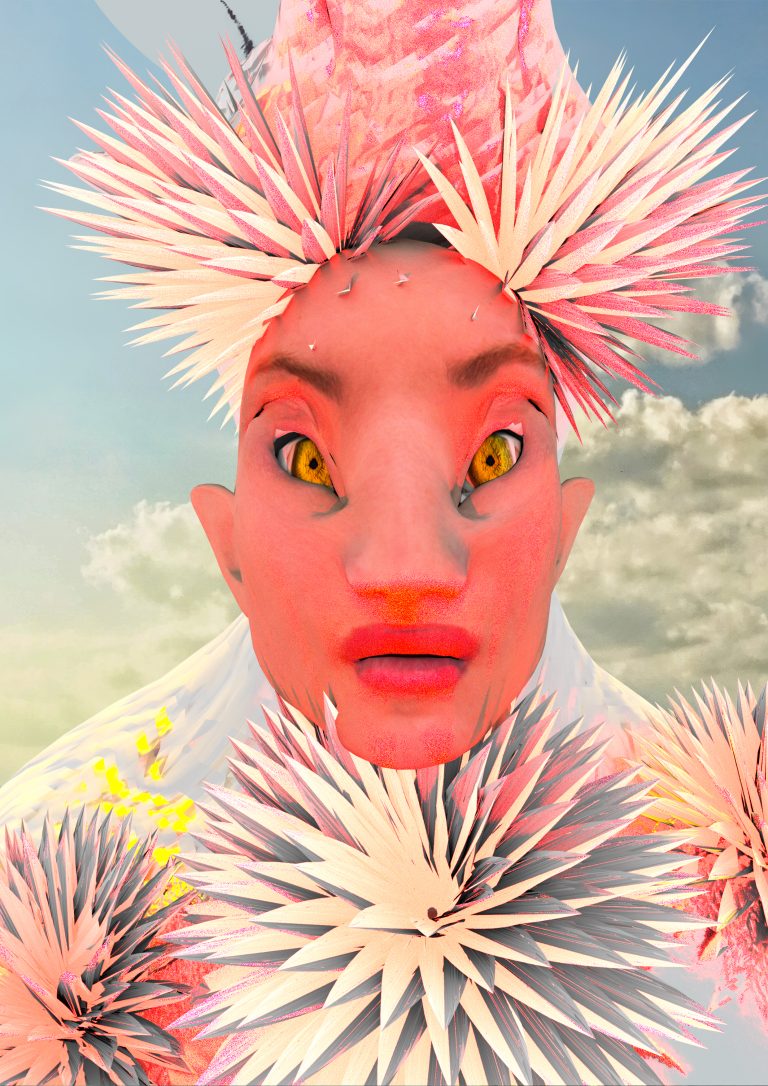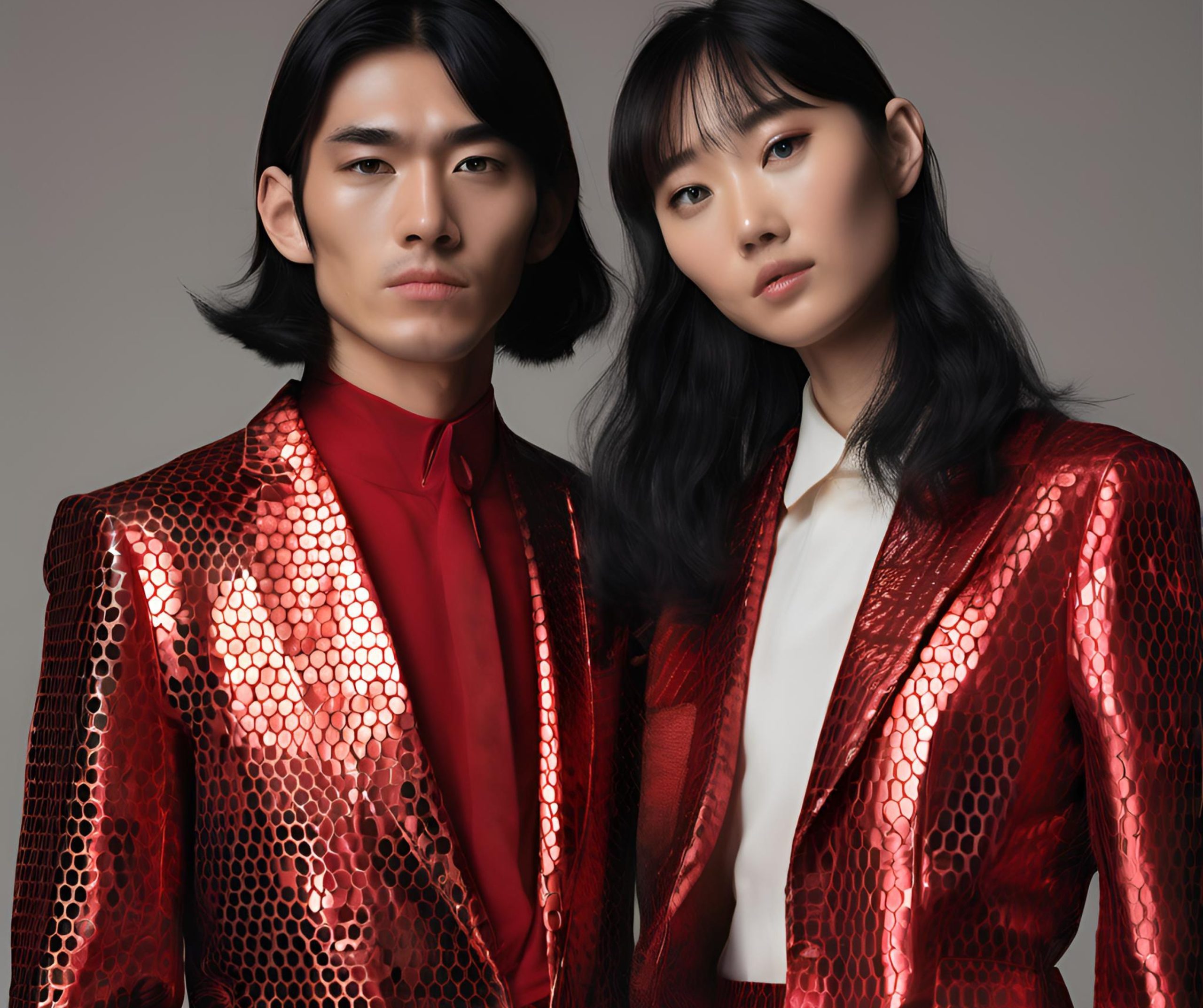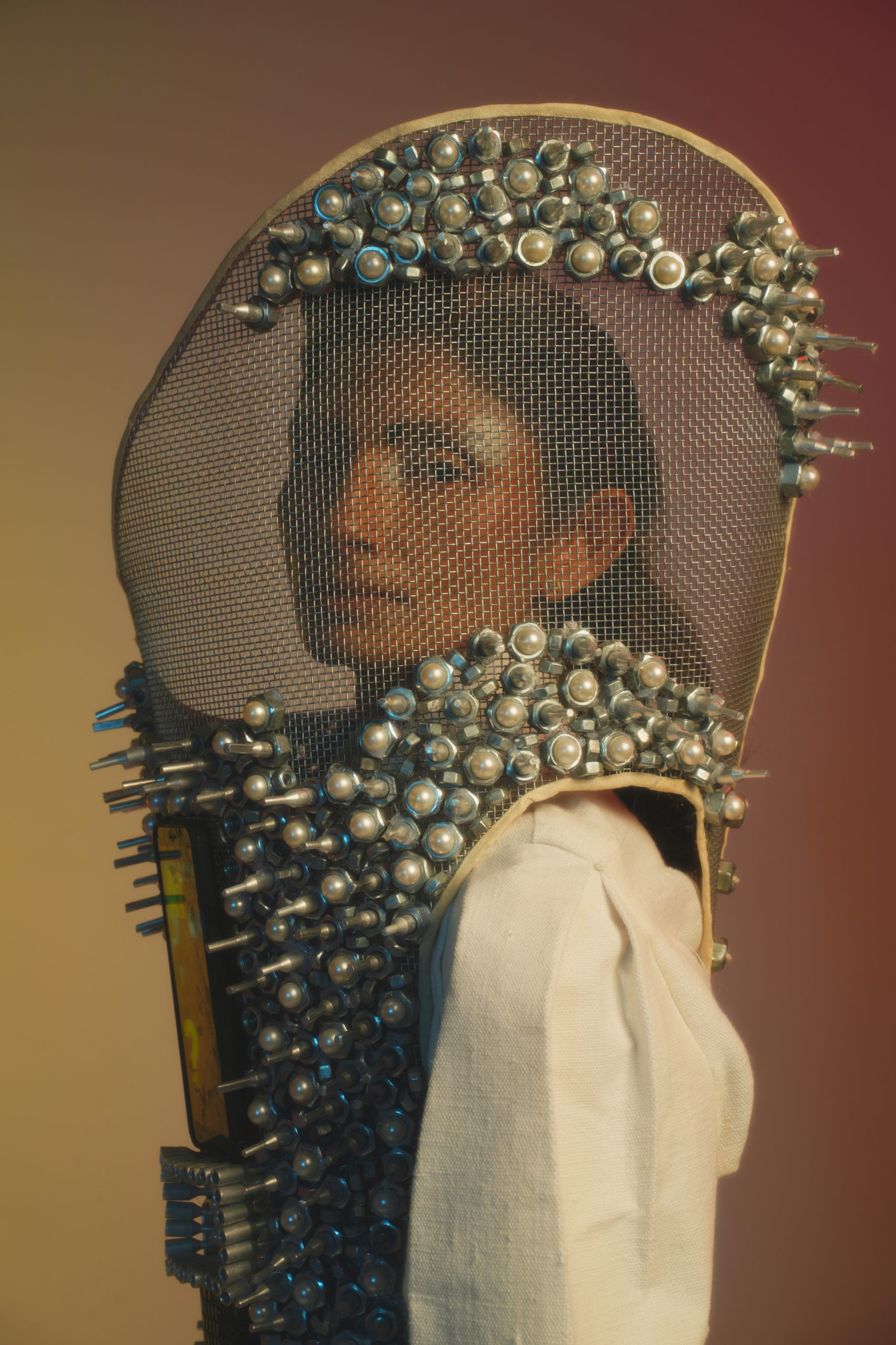Zongbo, a visual artist based in London, possesses a background rooted in Graphic and Digital Fashion design, where his artistic philosophy centers around crafting captivating narratives. With a keen eye on social and environmental issues, Zongbo’s art delves into the intersections of various aspects of daily life.
His specialty lies in the creation of digital characters, often taking on peculiar and comedic forms. Placing these characters within meticulously crafted virtual spaces, Zongbo ensures the solidification of his narratives while effectively conveying the underlying concepts he seeks to portray. Viewing his practice as a form of visual activism, Zongbo, as an earthling, exhibits profound dedication towards addressing concerns like mental health, animal rights, and the environment.
Through his artwork, Zongbo endeavors to present alternative digital representations of the challenges within these realms, with the intention of igniting dialogues on how humanity can collectively enhance its existence on this planet. In essence, his ultimate goal is to utilize art as a catalyst for positive transformation in the world.
How did you end up in the creative industry? Was it by accident?
I was always interested in working in the creative industry and began by exploring jewellery and graphic design in my earlier studies, constructing my own narratives within these areas. Then when I went on to study Fashion at the Royal College of Art I began to develop my design philosophy which focuses on sculpting narratives that centre around creating digital characters and virtual spaces that address important issues and initiate conversations.
How did the pandemic shift or affect your career?
I think that the pandemic had a positive impact on my career. The rise of digital art and the demand for it during the pandemic opened up new possibilities and inspired me to explore this emerging field further. It presented an opportunity for me to expand my creative practice and develop my skills in digital design. The adjustment to life during the pandemic forced me to adapt to new ways of working, opening up new opportunities for me to grow my creative practice in a new and exciting direction.
How do you feel about the industry shifting towards digital, a world in which being a 3D Artist is at the top of the tier, more than ever before? And why?
I feel very excited about the industry’s shift towards digital art and the growing importance of 3D artists. I believe that technology has opened up endless possibilities for artists to create and showcase their work in new and innovative ways. With the rise of digital art, there are now more opportunities than ever before for artists to express themselves and reach a broader audience.
As a digital artist myself, I have found that the ability to create and manipulate 3D characters and spaces has allowed me to bring my artistic visions to life in ways that were previously
impossible. The digital medium has enabled me to explore new techniques, experiment with different styles, and push the boundaries of what is possible in art.
Tell us about the Sarabande Foundation established by Lee Alexander McQueen, and how did you end up as a resident artist?
I first heard of the Sarabande Foundation from my old tutor Louis Alderson-Bythell, who was a previous resident at the Sarabande Foundation. I saw how they supported his practice and the opportunities that came with being at Sarabande. I applied for an artist residency and was very grateful that they accepted me. Since being at Sarabande they have allowed me to continue working and developing my practice, within my studio space and reaching my work to a wider audience.
Walk us through everything about your solo exhibition: Climate Heroes.
Climate Heroes is a visual experience advocating for the climate emergency. I centered the narrative around 12 climate heroes, who were based on 12 species that are likely to become extinct in the near future. Together with my team, we built personal backstories, and characteristics for each individual character, which were grounded with facts and statistics in relation to their battle with the climate crisis. Once we established each character’s specific identity, I situated them in a digital environment to showcase their unique abilities in order to ‘battle the climate emergency’. This concept is inspired by superhero/ video game tropes that have previously informed my work. The golden trophy at the end of Climate Heroes symbolises the unison of all heroes, bound together to help defeat the threat of the climate emergency as a collective, much like how we as earthlings should do the same.
Where does art intersect with Climate Activism, and how do you use immersive experiences to create an impact?
I believe that art and climate activism intersect in powerful ways. Climate change is one of the most significant challenges facing our world today, and it is essential that we find new and innovative ways to raise awareness and encourage action.
I use immersive experiences to create an impact by creating digital characters and environments that place the viewer in a different world, allowing them to experience and interact with the issues I am addressing in a unique way. By immersing viewers in a digital environment that brings these issues to life, I hope to create a deeper emotional connection and inspire a greater sense of urgency and responsibility.
What were some inspirations for your creations for this exhibit?
The whole concept for this exhibition came from an article I read called Feeling the Heat, published by WWF. Where all 12 climate heroes are featured with how and why they are becoming extinct. I tend to always ground my work, especially around climate activism, with reports and articles and then expand and raise awareness through my own creative language. I feel very passionate about the importance of climate activism and I wanted my message to reach a broader audience, which is why I chose to focus on the foundations of this particular article.
As for my visual influences, I find inspiration in Hieronymus Bosch’s artworks, particularly The Garden of Earthly Delights. Additionally, I derive creative ideas from observing the natural world surrounding me. However, my aim is to produce something that is unique and unforeseeable, utilizing the endless potential of digital media. To infuse each character I create with a sense of playfulness and fancy, I employ humour in my artwork. I tend to magnify the characteristics and actions of animals and humans, resulting in characters that are simultaneously recognizable and imaginative.
Can you share a personal story about Climate activism or a story that you read and relate to that made you want to take necessary action?
A big reason why I center my work around the climate emergency is because I watched the documentary film ‘Earthings’, directed by Shaun Monson, which is a gritty take on the reality of the meat industry and the harmful overall impact of humans on the environment in general. I remember feeling very heavy and sad for the harm humans have and are continuing to cause. I also realised that it’s important for this kind of information to be spread and communicated across a wider audience. I think the problem is that most people are actually unaware of the importance of the climate emergency, and not that they don’t care. So I take it upon myself to spread the word and the information through my artistic language in hopes of spreading genuine awareness.
Lastly, what do you think the future of the creative industry will look like with the climate emergency?
I believe that the creative industry will play a crucial role in shaping our response to the climate emergency. As we face the challenges of climate change, we will need new and innovative solutions, and the creative industry will be at the forefront of developing them.
I believe that the future of the creative industry will be more focused on sustainability and environmental responsibility. We will see a greater emphasis on using eco-friendly materials and processes, reducing waste, and creating art that promotes sustainable living.
In addition, I think that the creative industry will increasingly be called upon to raise awareness and inspire action on climate change. We will see more artists and creatives using their platforms to draw attention to environmental issues and to encourage people to take action.
Words by Zongbo Jiang, interviewed by Fernanda, Founder of GLITCH Magazine.





